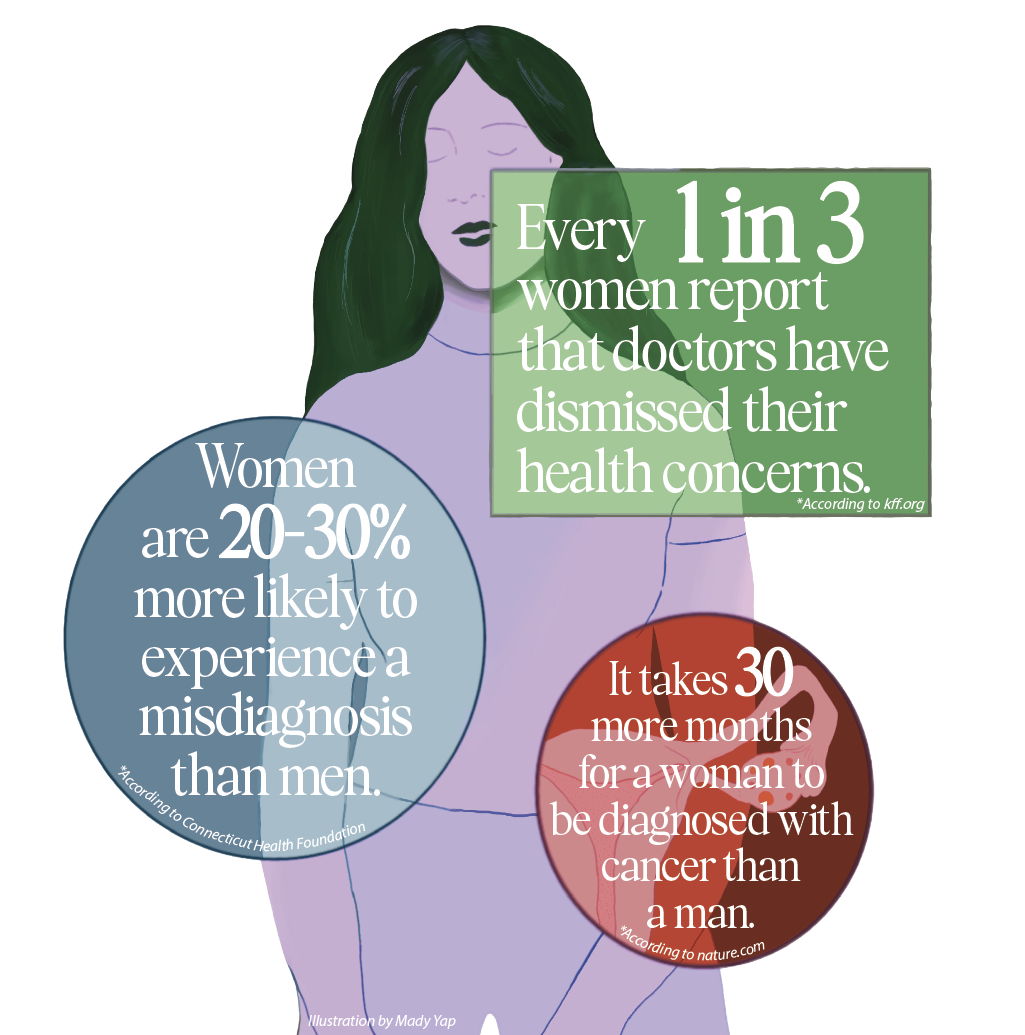Most of us have had that experience at one point or another. We reflexively check HomeLogic and find out that our participation grade in our favorite class is a C! We ask ourselves what we did and how we could have made our teacher that annoyed at us. But really, it’s an issue of what we didn’t do.
Almost every teacher I’ve had at South has given out some form of participation points. They can range from tally marks on the board to a substantial percentage of the grade.
Many people I know both like and dislike teachers doing this, and many quiet people resent the fact that their natural tendencies are punished. Why should people who tend to talk less have points taken off?
Because often, that is the only way to keep a classroom engaged. Obviously, there will always be students who don’t talk, but participation points can be a way to get students, especially those who are on the edge, to cross over onto the side of more participation.
According to Ben Hussmann, social studies teacher, “Participation grades are an important signal that an active classroom is a necessity.” Students who don’t normally participate but do care about grades are likely to change their behavior at least a little bit as a result of teachers using participation points.
But the more important facet of participation grades is helping those kids who do normally participate. Obviously, this can provide a boost to their grades, but there’s more to it than that.
Those students who do normally participate enthusiastically deserve a good, engaged class discussion. Two or three students talking all the time does no good to anyone. Participation points can incentivize more participation in discussions and create a more thoughtful experience for anyone willing to engage in the first place.
Even if students weren’t going to participate at the beginning, the experience of having a productive discussion may cause them to participate more in the future, simply for the sake of it. That can only benefit everyone.
Obviously, the objection remains that participation points are subjective and impossible to determine effectively. And yes, this is true to some extent, but according to Hussmann, “Most teachers are fairly able to make judgments pretty well, at least the difference between a kid who’s an A, a kid who’s a B and a kid who’s a C.”
So maybe it is difficult to determine the difference between an 87 and 88 in terms of participation. But when teachers can more or less tell who deserves which grade, why forgo a useful tool for class discussions? It can only make the class experience better for everyone.








